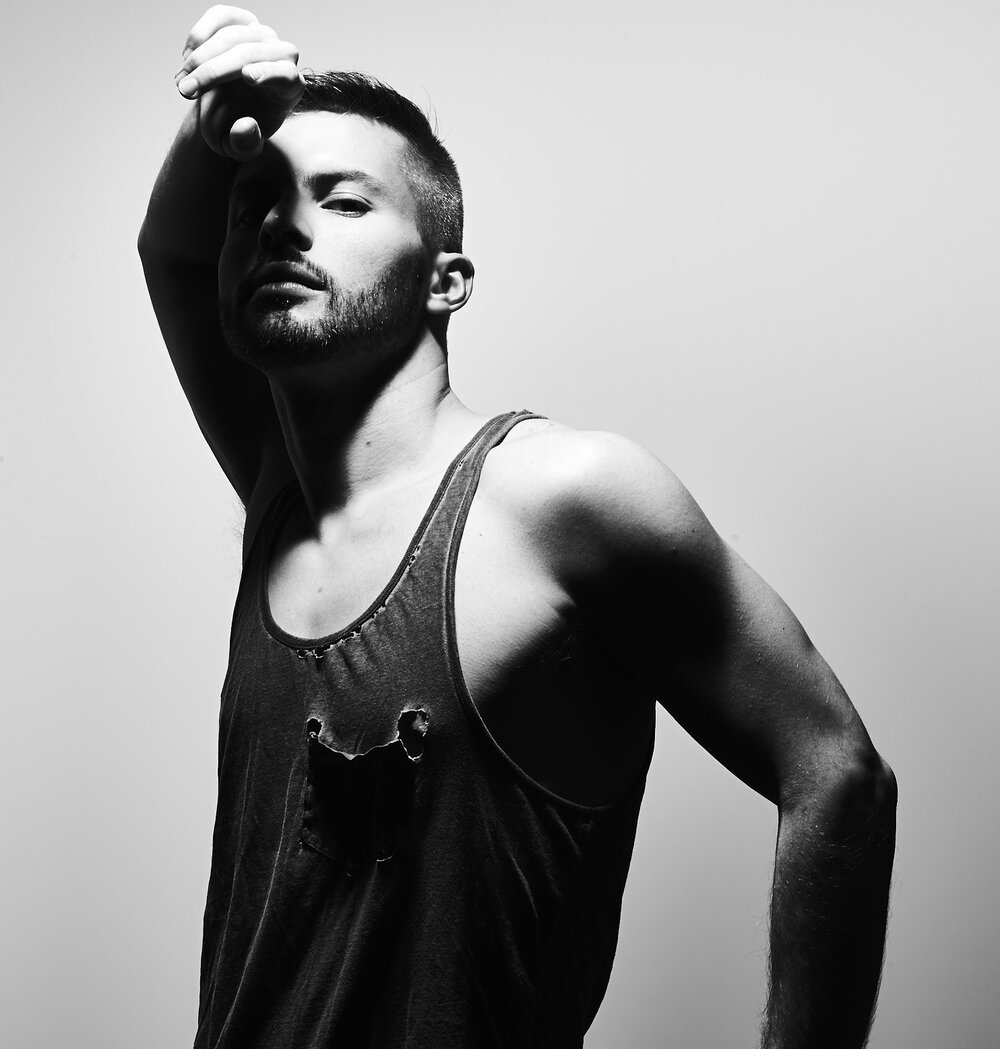Getting Started as a Choreographer: Joshua Beamish
It is no surprise that many dancers choose to pursue choreography as they transition into their adult years. Choreographers work to connect the dots between physical expression and emotion, bringing their unparalleled artistic visions to life and captivating the audience in the process. For this month’s Story Bloom blog, we wanted to dive deeper into the realities of working as a choreographer in the current dance world. We sat down with choreographer and artistic director Joshua Beamish, who founded MOVETHECOMPANY in 2005. Josh’s nuanced contemporary work is well known to international stages across Canada, Europe, Asia, and Africa. We talked to Josh about the beginnings of his career and the production steps to put a creative project forward. Aspiring choreographers - prepare to be inspired!
Photo by Alex Brinson
What made you want to pursue dance and choreography as a career?
My mother is a ballet teacher, so I was born into dance. I've never known life without dance as a central focus. While I've always had a choice to pursue another field or interest, I've never felt a pull toward another course. I've always known that I was foremost a choreographer and director, and a performer second. That feeling was instinctual. I have been directing and making ensemble dances, plays, and films since I was five years old.
You have had an amazing career that has allowed you to work around the globe. How did you establish yourself in Canada and abroad?
I established myself through a lot of risk taking. I kept pressing onward in the face of constant rejection. That continues to this day. I had to believe that there was an audience for my work, without even knowing that there would be. I cultivated mutually supportive relationships with artists who wanted to invest in my vision. A lot of my career advancement has come from believing that I could do things that numerous other people had already told me I could not. For better and for worse, I went outside of established systems to generate new systems that made sense for me.
Walk us through your choreographic process. Do you follow the same routine each time?
When making abstract work, I first generate movement phrases on my body and have the dancers all learn the same material. From there, I get a sense of how adept the artists are at replicating my natural pathways. After that, I work at finding a balance between delivering their strengths with my movement interests. I'll often have dancers regenerate my phrases into new combinations resulting from task-based reconsiderations. I'll build up as much raw material as possible and then start figuring out how the varying pieces fit together into a cohesive whole. I generally always follow this structure, unless I'm creating narrative or thematic work that begins with a set concept and the movement is meant to illustrate a specific idea or character.
There is so much we don’t know about the job of a choreographer. What are the production steps to bring a creative project to the stage?
There are so many steps that aren’t often talked about... you need to obtain funding to make your work first and foremost. That can include grant writing, asking donors for donations, fundraising events, residency applications, and more. To do this, you first need to provide research material to show investors. This way they have a more rounded sense of your proposal. You often need to invest your own personal money in order to get things moving. When producing a show, you will need a tech team and a suitable venue. Perhaps you're renting the venue and self-presenting. In that case, you need to consider marketing and ticketing. Other times your project might be presented, which means that a venue will take on the costs. This also means they take the risk of your production and offer you a guaranteed fee that you are guaranteed to receive, whether 1 ticket ends up being sold or the show sells out. There are many different ways to bring a project to the stage. You just need to be confident that you're working in the most realistic manner, best suited to realizing your vision with integrity.
What advice can you give to an aspiring choreographer hoping to enter the industry?
My best advice is to study other successful organizations and choreographers. Do your research. For example, ask yourself: Do they have managers? Was their show presented? Who presented it? Find opportunities to meet with those people. Ask for their advice. Personally, I did way too much on my own at the beginning of my career. Now it is harder for me to work in other formats that may have offered me more support if they were a part of my foundational development.
You can find more from Josh on his Instagram (@jjbeamish) or website.
